We decided to tackle some of the common misconceptions about cover crops. Make sure that your cover crop knowledge is up to par when considering them for your operation.
Diverse cover crop blends are more expensive than single species.
The number of species in a blend does not dictate cost per acre. Planting a solid stand of rye can cost the same per acre as a mixture with 10-20 species depending on what species you choose and the cost per species. A more diverse blend means you have less of each individual species in the mix, which can impact the overall cost per acre.
Cover crops take nutrients away from my cash crop.
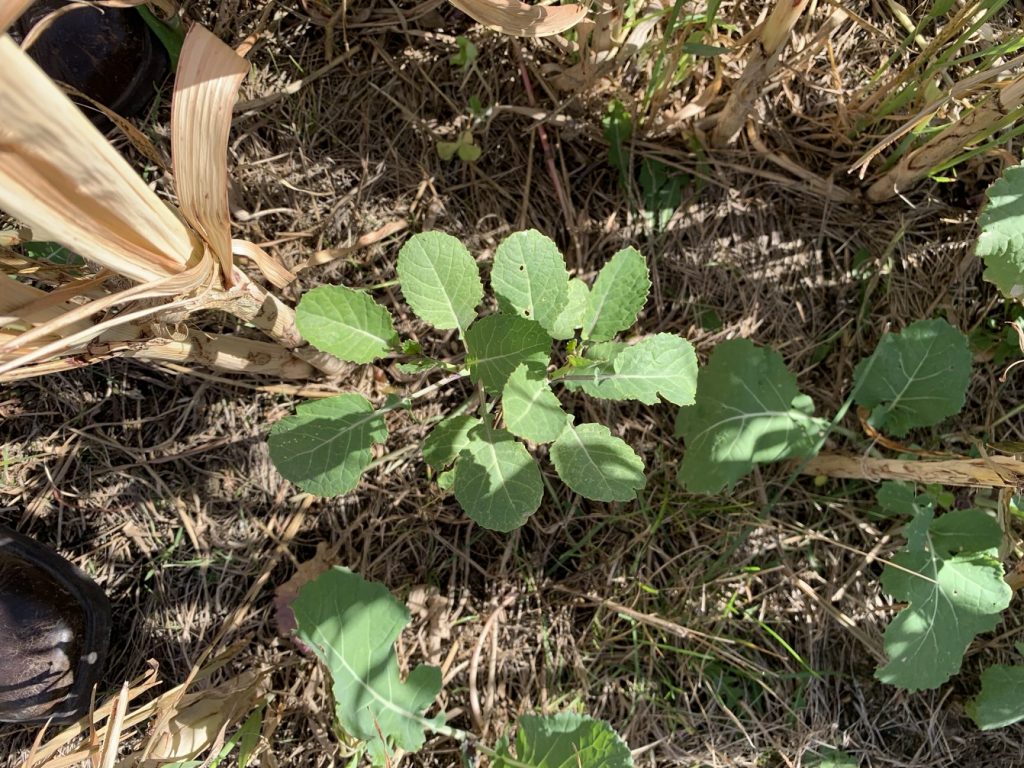
Cover crops do use nutrients because all plants do. The great thing about diverse cover crop blends is that they help recycle and retain nutrients. When residual nitrogen is left in the soil profile, it’ll likely seep deeper through the profile if a root doesn’t capture and use it. Cover crops are excellent at preventing nitrogen from leaching, along with holding nutrients in a stable form until they decompose the next growing season. Since most cover crops aren’t harvested from the field, the roots and plant material act as a slow release of fertilizer for the next year’s cash crop.
Our growing season is too short to put a cover crop in.
As you go further north the growing season does get shorter; however, winter annuals can be planted in as late as November/December, vernalize and still give decent growth before spraying them off for spring planting of corn or soybeans.
Too many trial and error growing seasons.
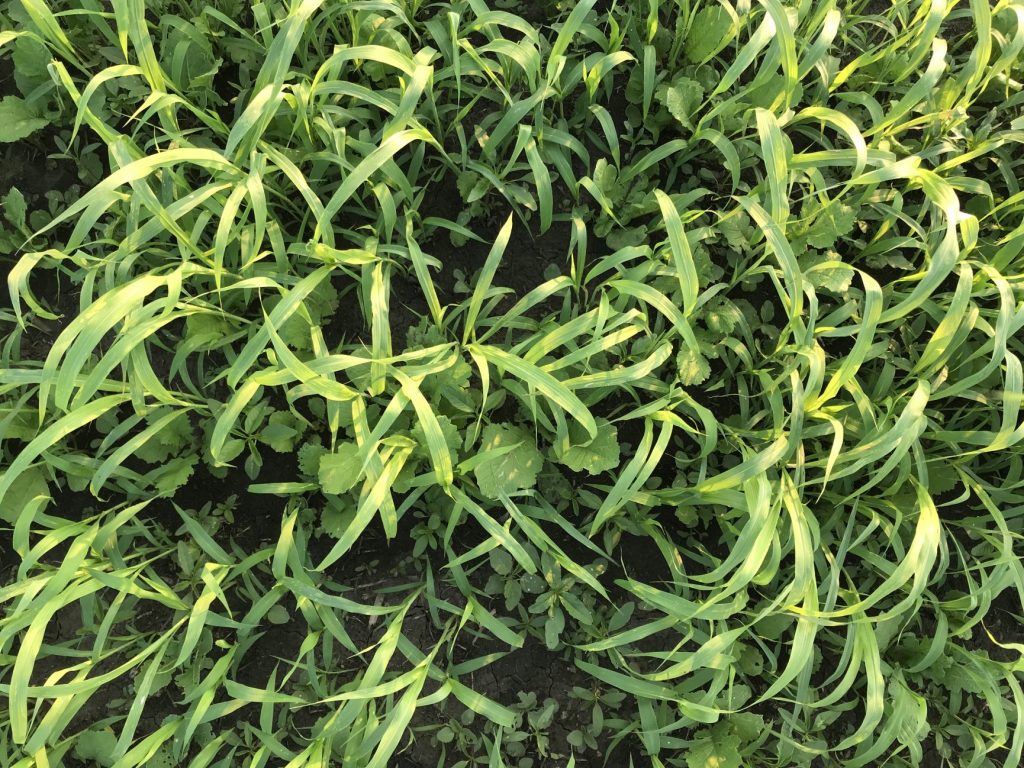
With so many cover crops species available, finding what works for you and your operation will take research and trials until your goals are achieved. By diligently putting in the work to finding the right seed and seeing what those covers are doing in your soil will determine your game plan for the following year. If you don’t make it one year, evaluate, and see what you can change the next.
I’ve always done it this way – why change what works?
Breaking tradition isn’t easy. We thrive from knowing our roots and having a routine that works well. But also consider if what we are trying to accomplish year after year is sustainable for the future generations who will soon run the operation. Introducing cover crops can be as simple or complex as you would like it to be. Make this year a time for traditions to be adjusted and new ways to transpire.
Will I take moisture from my field by planting a cover crop?
Depending on the application of the cover crop it may or may not pull from your overall soil profile moisture. As a general rule, cover crops growing in the spring take away from your cash crops growing that same year. However, many research projects have shown that a cover crop growing in the fall and terminated from the winter will not take away moisture for your spring planted cash crop.
Confirmed or Busted?
These myths are busted! We could not find a way to confirm truth behind these myths. Let us know if we can help solve any other cover crop myths that you may be questioning.
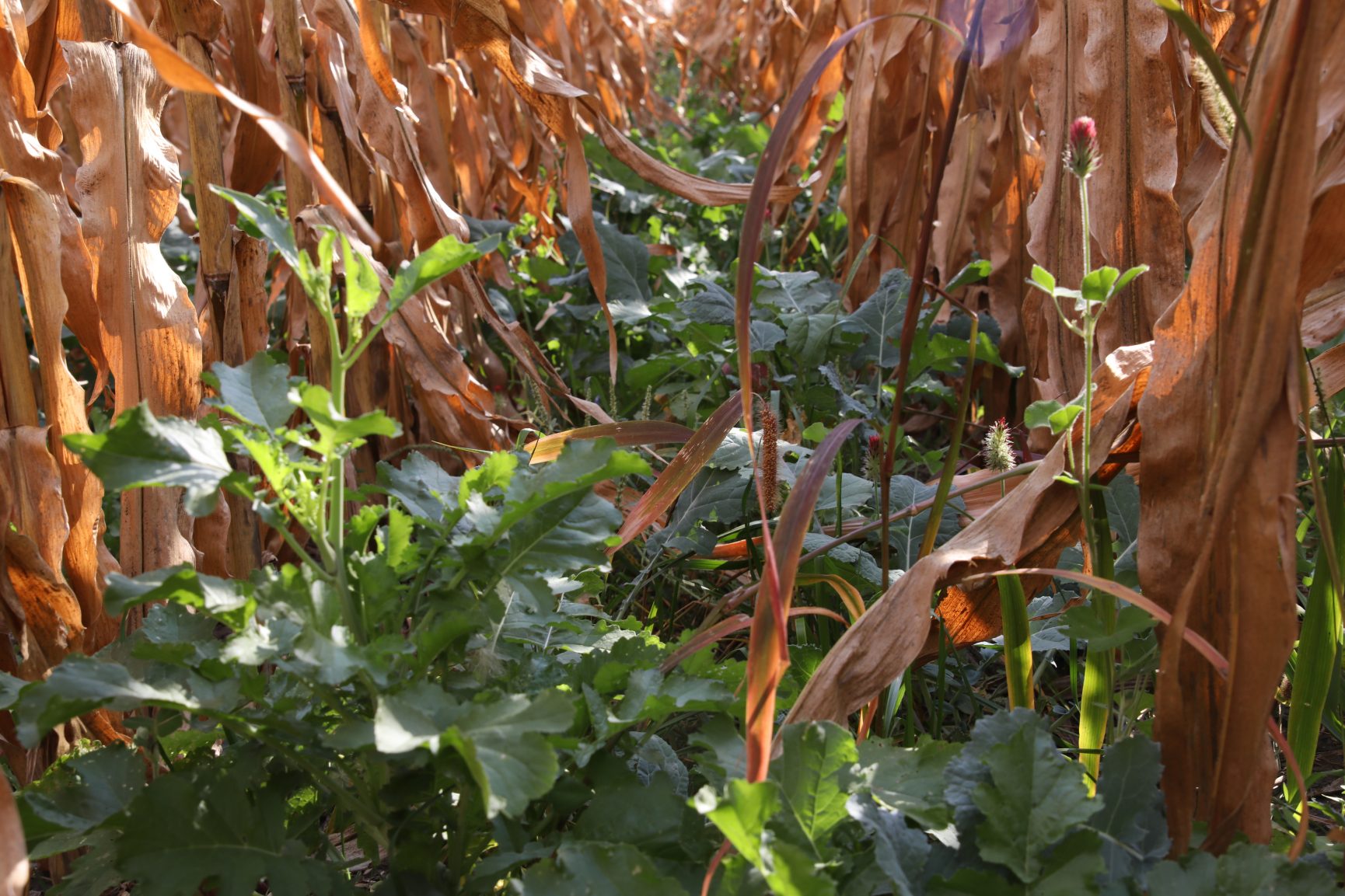
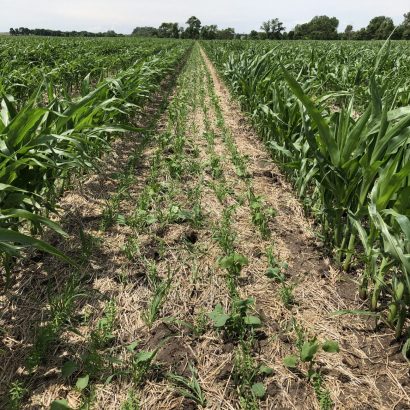
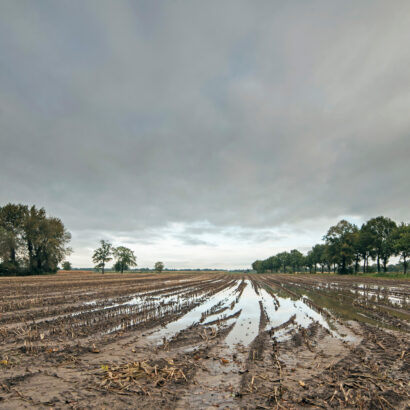
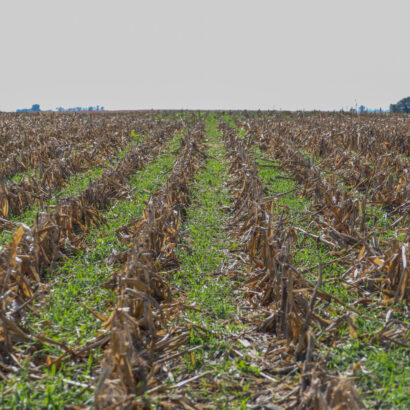
Discussion
0 Comments